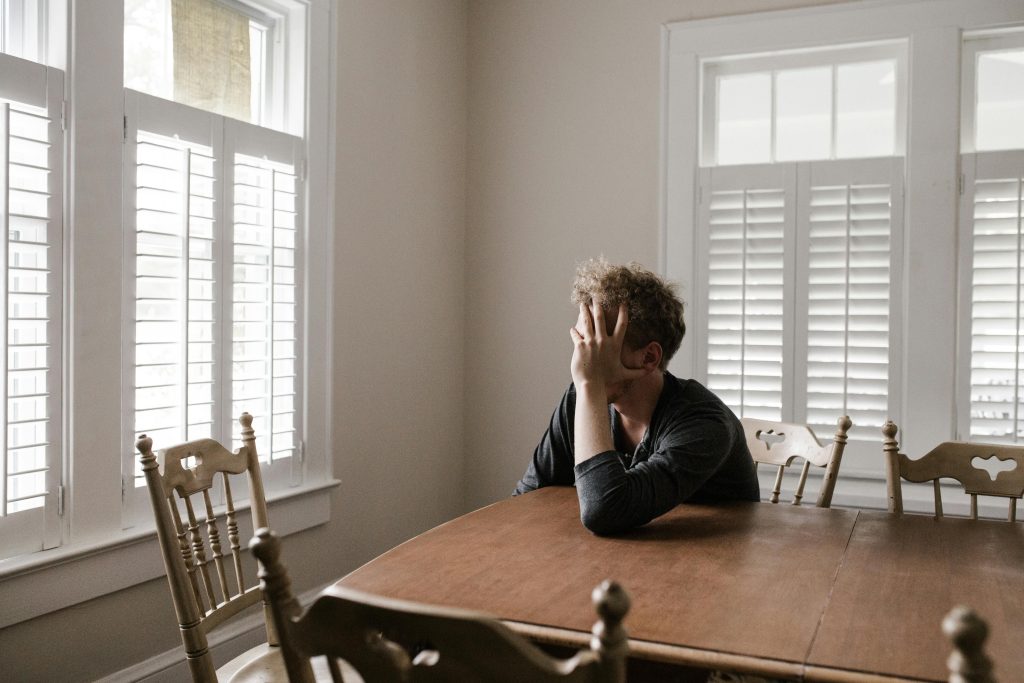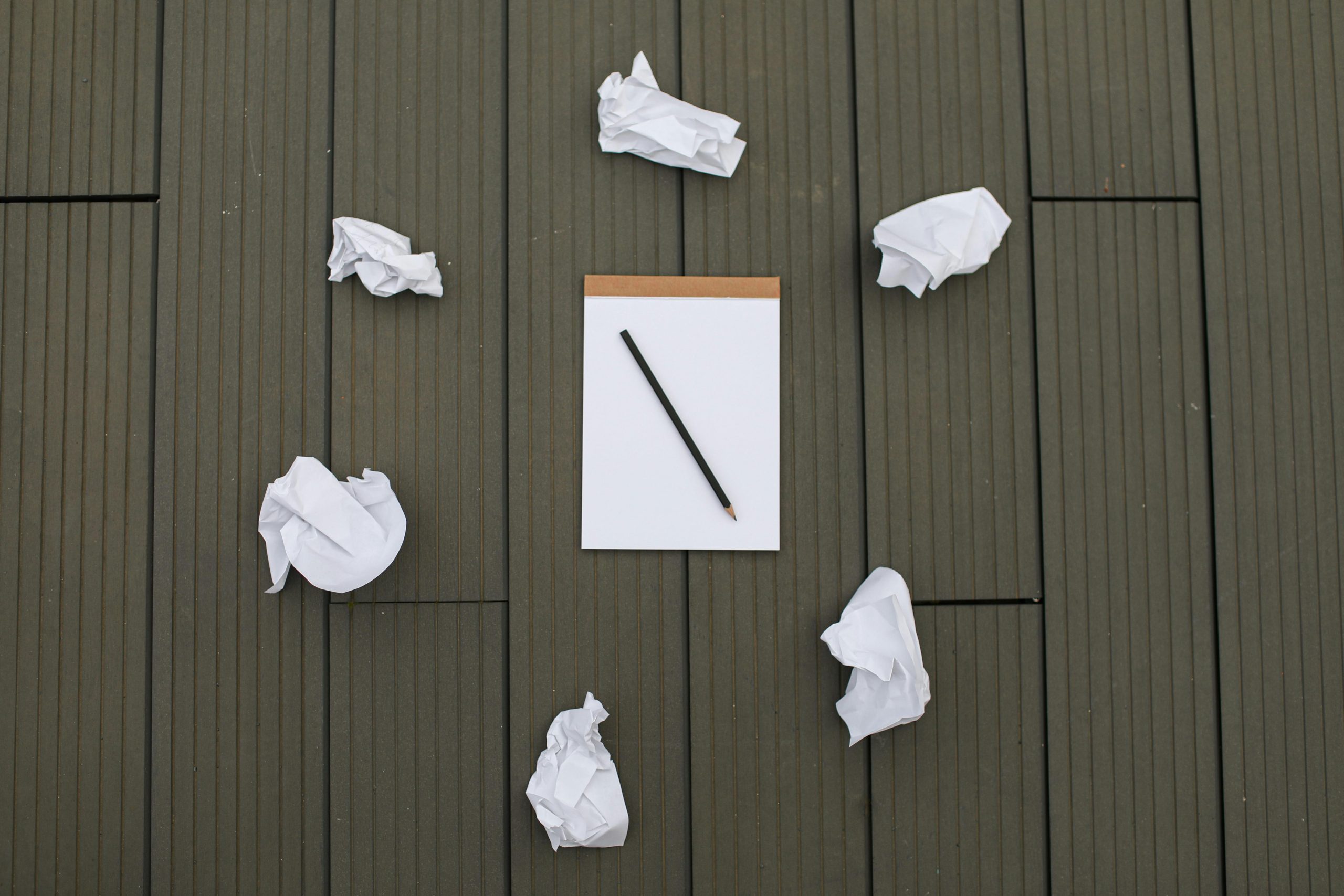It starts subtly. Maybe it’s the phantom buzz of your phone in your pocket when it’s actually sitting silently on the charger. Perhaps it’s the sigh that escapes your lips when you see another Slack notification pop up, or the way your eyes glaze over after scrolling through a social media feed for ten minutes, unable to remember a single thing you just saw.
You find yourself clicking on the same sentence in an email three times, your brain refusing to process the words. You sit down to work, and within an hour, you feel a strange, heavy fatigue, as if you’ve just run a mental marathon. You’re irritable, distracted, and the thought of starting one more video call makes your skin crawl.
If this sounds familiar, please hear this: you are not broken. You are not undisciplined. You are not lazy.
You are likely experiencing digital burnout.
We’ve all been sold a dream. The dream of connectivity, of seamless work-from-anywhere flexibility, of having the world’s knowledge at our fingertips. But this dream has a dark, unadvertised underside. Our brains, which evolved over millennia to handle the immediate dangers of the savanna, are now being forced to operate like a 24/7 emergency broadcast system, constantly bombarded with pings, alerts, emails, and the relentless pressure to be “on.”
This isn’t just about feeling a little tired. Digital burnout is a very real state of emotional, physical, and mental exhaustion caused by prolonged and excessive stress from our digital lives. It’s the feeling of your cognitive gas tank hitting absolute empty, while simultaneously being told you need to drive another hundred miles.
But here’s the good news: it’s not a life sentence. By understanding what’s happening to us and implementing some deliberate, human-centric strategies, we can reclaim our focus, our energy, and our sanity. We can learn to use our tools without letting them use us up.
Part 1: The Invisible Fire – What Digital Burnout Really Feels Like

Before we can fix the problem, we have to name it. Burnout isn’t just one bad day; it’s a slow creep. Think of it not as a single flame, but as a smoldering fire that’s been burning for months, slowly consuming your inner resources.
The Tell-Tale Signs You’re Burning Out, Not Bored:
- The Constant State of Fatigue: This is more than just needing a good night’s sleep. It’s a deep, bone-tired exhaustion that coffee can’t touch. You wake up feeling just as drained as when you went to bed.
- The Cynicism Switch is Stuck On: You used to enjoy your work, your projects, even casual online interactions. Now, everything feels stupid, pointless, or like a massive inconvenience. You feel a deep sense of detachment and negativity towards your digital responsibilities.
- Brain Fog is Your New Normal: Remembering simple things becomes a struggle. Concentrating on a single task feels like trying to hold a handful of water. Your creativity has packed its bags and left on an indefinite vacation.
- The Short Fuse: Little things that never used to bother you now trigger disproportionate irritation. A typo in an email, a family member asking a simple question while you’re working, the sound of a notification—it all feels like a personal attack.
- The Vanishing Line Between Work and Life: When your office is also your living room and your phone is your constant companion, “clocking out” becomes impossible. You find yourself answering emails at 10 PM, or thinking about work projects while watching a movie, leading to a perpetual state of low-grade anxiety.
- The Comparison Trap on Steroids: Scrolling through curated highlight reels of everyone else’s “perfect” lives, careers, and bodies leaves you feeling inadequate, anxious, and like you’re falling behind. It’s a thief of joy, and it’s operating 24/7 from your pocket.
If you’re nodding along to more than a couple of these, you’re not alone. A 2021 study from the American Psychological Association found that stress from constant technology use is a significant contributor to overall burnout, especially among younger generations who have never known a world without the internet.
Part 2: How Did We Get Here? The Four Modern Traps

We didn’t sign up for this exhaustion. It happened gradually, through a series of design choices and cultural shifts that are fundamentally at odds with our human wiring.
Trap 1: The Myth of Multitasking
This is the biggest lie the digital age has sold us. Your brain cannot focus on two cognitively demanding tasks at once. What it’s actually doing is “task-switching” at a dizzying speed. Every time you switch from writing a report to checking a text, then back to the report, you incur a “switching cost.” It takes your brain time and energy to re-orient itself, leading to more errors, lower quality work, and mental fatigue. You feel busy, but you’re actually being profoundly inefficient and draining your battery at an alarming rate.
Trap 2: The Infinite Scroll of Never-Ending Demands
In the physical world, things have a clear end. You finish a book, you eat a meal, you complete a meeting. The digital world has no such boundaries. Your email inbox refills itself infinitely. Your social media feed has no bottom. The project management tool always has another task. This creates a psychological state called “continuous partial attention,” where we feel we must always be monitoring everything, just in case. It’s utterly exhausting and makes true focus impossible.
Trap 3: The Dopamine Slot Machine
Every notification—a like, a retweet, a new email—is a variable reward. You don’t know when it’s coming or what it will be, and that unpredictability is highly addictive. It triggers a hit of dopamine, the brain’s “feel-good” chemical. We get chemically hooked on this cycle of checking and receiving, training our brains to value the shallow reward of a notification over the deep satisfaction of meaningful, completed work.
Trap 4: The Culture of “Hustle Porn”
We’re bombarded with messages glorifying the “grind”—the idea that if you’re not working 80-hour weeks and side-hustling, you’re not ambitious enough. This culture shames rest, equating it with laziness. It makes us feel guilty for not being “on” all the time, pushing us to ignore our body’s very clear signals that it needs a break.
Part 3: Reclaiming Your Brain: A Practical Guide to Digital Sanity

Okay, enough with the doom and gloom. You get it—it’s bad. But you are not powerless. Fighting digital burnout isn’t about throwing your laptop into the ocean and becoming a hermit (tempting as that may be). It’s about building a new, more conscious relationship with technology. It’s about setting boundaries where there are none.
This is a collection of strategies, not a rigid checklist. Pick and choose what feels manageable to you. Small, consistent changes are far more powerful than grand, unsustainable overhauls.
Strategy 1: Tame Your Environment – Make Your Devices Less Demanding
Your devices are designed to distract you. Your job is to re-design them for focus.
- Notification Triage: Go into your phone and computer settings right now. Turn off every single notification that is not absolutely essential from a human you know. Do you really need an alert every time someone you went to high school with posts a meme? Or when a brand sends a promotional email? Be ruthless. The goal is to have your phone on silent and only interrupt you for phone calls and texts from key people.
- Create a “Focus Fortress”: This is a physical or digital space dedicated to deep work.
- Physically: Can you find a quiet corner, a different room, or even a local coffee shop for your most important tasks?
- Digitally: Use tools like Freedom or Cold Turkey to block distracting websites and apps for set periods. Use the “Do Not Disturb” function on your computer and phone religiously when you’re in a deep work session.
- The Single-Tab Sabbath: Challenge yourself to work with only one browser tab open at a time. Finish the task in that tab before you open a new one. This single habit will dramatically reduce your cognitive load.
Strategy 2: Master Your Time – Work Smarter, Not Longer
Productivity isn’t about hours logged; it’s about energy and focus invested.
- Embrace Time-Blocking: Instead of a chaotic to-do list, schedule your tasks directly into your calendar. For example: “9:00-10:30 AM: Write project report,” “10:30-11:00 AM: Check emails,” “1:00-2:00 PM: Brainstorm new ideas.” This tells your brain what to focus on and when, eliminating the constant decision fatigue of “what should I do next?”
- The Pomodoro Technique is Your Best Friend: This is brilliantly simple. Set a timer for 25 minutes and work on a single task with total focus. When the timer rings, take a mandatory 5-minute break. Stretch, look out the window, get a glass of water—no screens. After four of these sessions, take a longer 15-30 minute break. This method works because it makes a huge task feel manageable and respects your brain’s need for rest.
- Schedule Your “Input” Time: Instead of checking emails and Slack randomly all day, which shatters your focus, batch these tasks. Designate 2-3 specific times a day (e.g., 11 AM and 4 PM) to process your communications. Outside of those times, that inbox is closed. This one change can reclaim hours of productive time each week.
Strategy 3: Recharge Your Humanity – What You Do Off-Screen Matters Most
You cannot solve a problem of digital exhaustion with more digital solutions. The cure happens in the analog world.
- Protect Your Sleep Like a Guard Dog: Your phone does not belong in your bedroom. Charge it in another room. The blue light from screens suppresses melatonin, the hormone that helps you sleep. An hour before bed, create a “digital sunset”—no phones, no laptops. Read a physical book, listen to music, talk to your partner. The quality of your sleep is the foundation of everything else.
- Reclaim Your Lunch Break: Do not eat lunch at your desk while scrolling through your phone. Just don’t. Get up. Move. Go outside, even for 10 minutes. Eat your food without a screen in front of you. Let your mind wander. This midday reset is crucial for preventing afternoon burnout.
- Find Your “Analog Anchor”: What is an activity you enjoy that is completely screen-free? It could be cooking, gardening, knitting, woodworking, jogging, lifting weights, playing a musical instrument. This isn’t just a “hobby.” It’s a non-negotiable appointment with your own humanity—a time when you are creating, doing, and feeling in the real, physical world.
- Practice “JOMO” (The Joy Of Missing Out): Actively embrace the pleasure of being offline. Say no to that optional online webinar. Don’t feel pressured to follow every trend or be in every group chat. The world will keep turning without your digital presence. Relish the quiet and space that comes from consciously disconnecting.
Strategy 4: Reset Your Mindset – The Inner Work of Beating Burnout
Finally, we have to address the stories we tell ourselves.
- Separate Your Self-Worth from Your Productivity: You are not your output. Your value as a human being is not determined by how many tasks you check off a list or how many likes your post gets. On your tombstone, it won’t say “He always cleared his inbox.” Remind yourself of this daily.
- Curate Your Digital Diet: You are what you consume. Just as you wouldn’t eat junk food all day, don’t consume a digital diet of outrage, fear, and comparison. Unfollow accounts that make you feel anxious or inadequate. Mute toxic keywords. Be intentional about who and what you allow into your mental space.
- Talk About It: Burnout thrives in secrecy and shame. Talk to a friend, a partner, or a colleague you trust. You will be shocked at how many people are feeling the exact same way. Vocalizing it robs it of its power and helps you realize you’re not failing alone.
The Long Game: This is a Marathon, Not a Sprint

There is no magic pill for digital burnout. You won’t find a single app that will solve it (ironically). This is a lifelong practice of tuning in to your own needs and having the courage to prioritize your well-being over the incessant demands of the digital world.
Some days will be better than others. You’ll have a wonderfully focused, productive day, and then the next day you’ll fall down a three-hour YouTube rabbit hole. That’s okay. The goal is not perfection. The goal is awareness.
It’s about catching yourself when you feel that familiar pull towards mindless scrolling and asking, “What do I really need right now?” Maybe it’s a glass of water. Maybe it’s to stare out the window for two minutes. Maybe it’s to stand up and stretch. Nine times out of ten, it’s not another hit of digital stimulation.
The fight against digital burnout is the modern fight for our own attention, our focus, and our humanity. It’s about remembering that we are not CPUs designed for endless processing. We are feeling, breathing, creative beings who need sunlight, connection, silence, and rest.
So start small. Today, turn off one notification. Take one screen-free lunch. Go for one ten-minute walk without your phone.
Reclaim your focus, one boundary at a time. Your mind will thank you for it.






